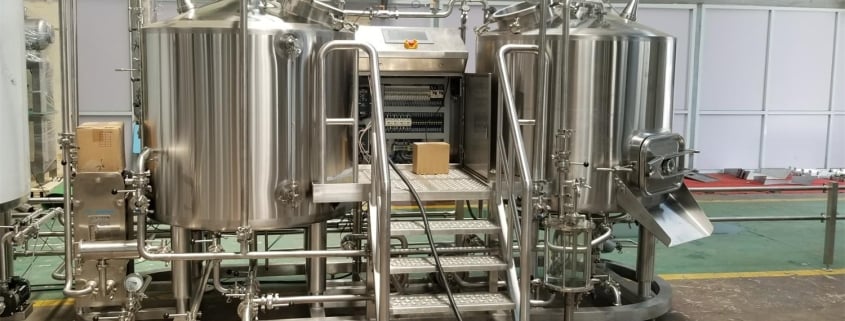How to Build a Brewery Step by Step
Conduct Market Research
Before you start brewing, you need to understand the beer market. Craft brewing is a highly competitive industry, and knowing your audience is essential. Start by analyzing local and national beer trends. What styles are popular? Are consumers leaning towards IPAs, lagers, or experimental sours? Research your competitors—what are they doing right, and where do they fall short?
Engaging with local beer enthusiasts, visiting breweries, and conducting surveys can give you invaluable insights. The goal is to identify gaps in the market and carve out a niche that makes your brewery unique. Consider factors like consumer demographics, pricing strategies, and seasonal demand shifts.
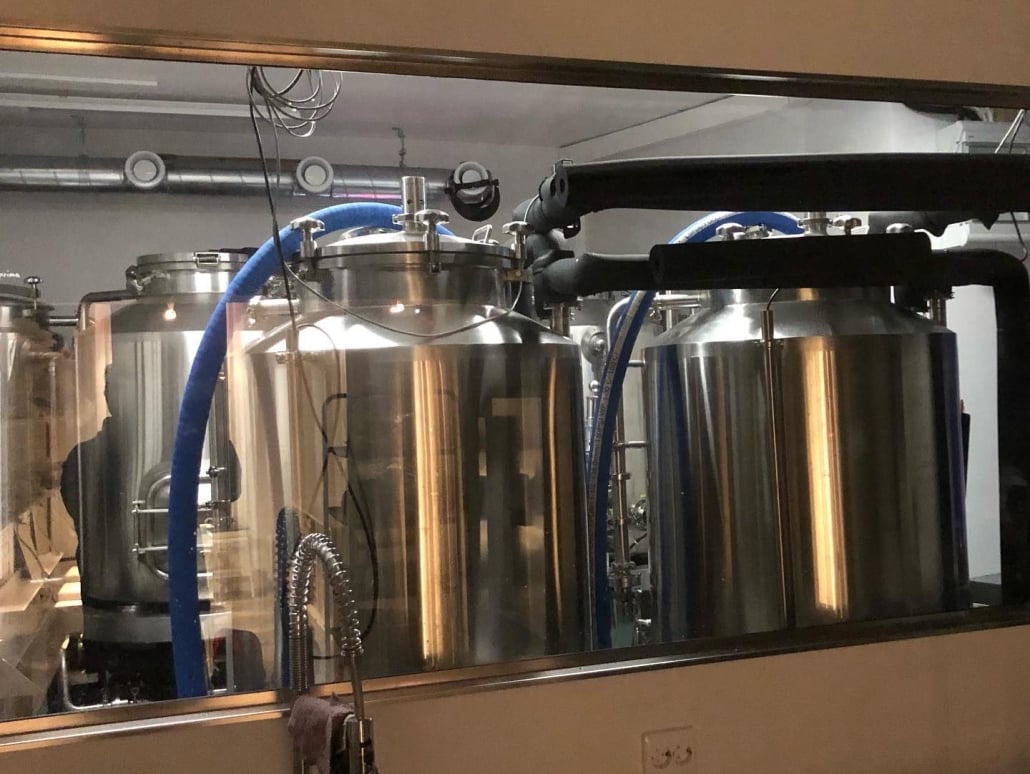
Create a Brewery Business Plan
A strong business plan is the backbone of any successful brewery. This document will guide your decisions, help secure funding, and set realistic goals for your brewery’s growth. Your plan should include:
- Executive Summary: A brief overview of your brewery’s mission, goals, and business model.
- Market Analysis: Detailed research on your competitors, target audience, and industry trends.
- Business Structure: Will you operate as an LLC, partnership, or corporation?
- Financial Plan: Estimated startup costs, projected revenue, funding sources, and a break-even analysis.
- Marketing Strategy: How will you promote your beer? Consider social media, partnerships, and taproom experiences.
- Operational Plan: Brewery size, staff needs, and production capacity.
A well-crafted business plan not only attracts investors but also provides a roadmap to ensure long-term success.
Choose the Right Location
Location is everything when it comes to a brewery. Are you aiming for a lively downtown taproom or a large-scale production facility? Consider these factors:
- Foot Traffic & Accessibility: Taproom breweries thrive in high-traffic areas where people can walk in for a drink.
- Zoning & Legal Regulations: Make sure your location is zoned for brewing and alcohol sales.
- Size & Expansion Potential: Your space should accommodate brewing equipment, storage, and potential expansion.
- Proximity to Suppliers & Distributors: Easy access to quality ingredients and distribution channels can lower costs.
- Water Quality & Utilities: Brewing requires a lot of water and consistent power supply. Ensure your location supports these needs.
Obtain Necessary Licenses and Permits
| License/Permit | Purpose | Issuing Authority | Estimated Cost |
|---|---|---|---|
| Brewer’s Notice | Required to legally brew and sell beer | Alcohol and Tobacco Tax and Trade Bureau (TTB) | Free |
| State Brewery License | Required to operate in your state | State Alcohol Regulatory Agency | $500 – $5,000 |
| Local Business License | Grants permission to run a business in your city/county | Local Government | $50 – $500 |
| Health & Safety Permits | Ensures compliance with food safety regulations | Local Health Department | Varies |
| Zoning Permit | Verifies land-use regulations for a brewery | City Planning Department | $100 – $2,000 |
Navigating these regulations takes time, so start early to avoid delays in opening your brewery.
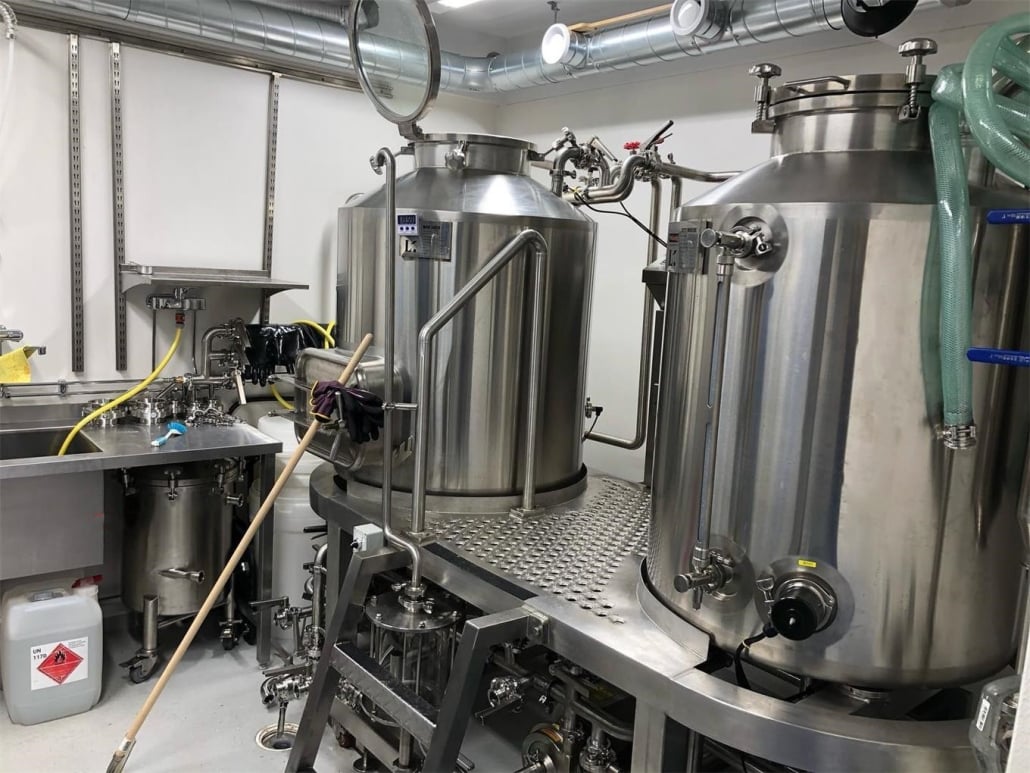

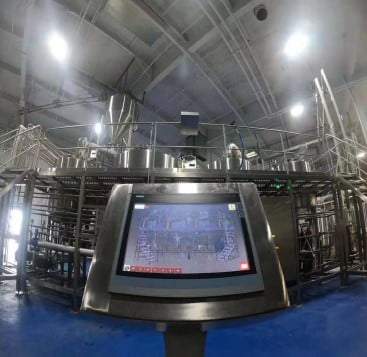
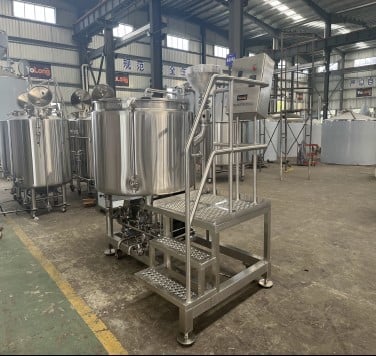
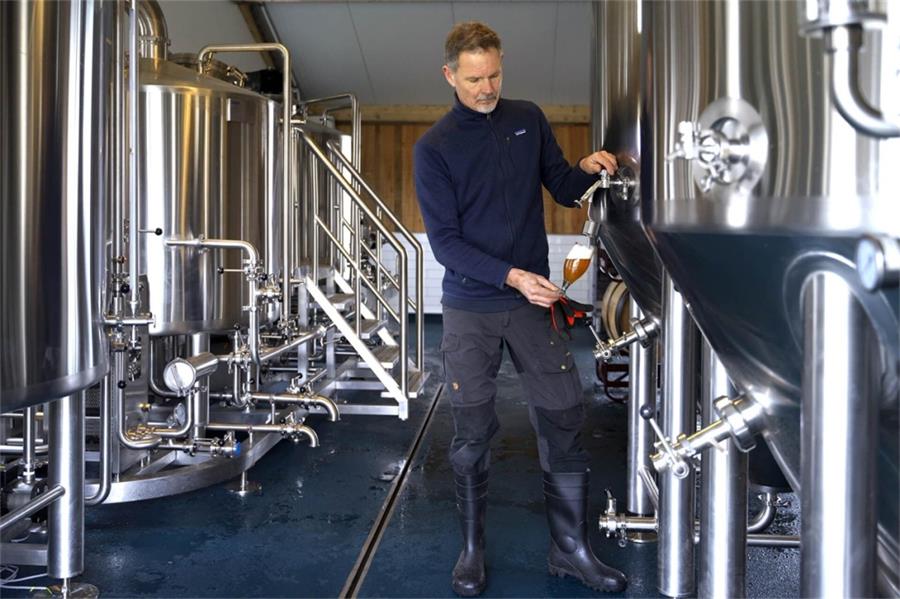
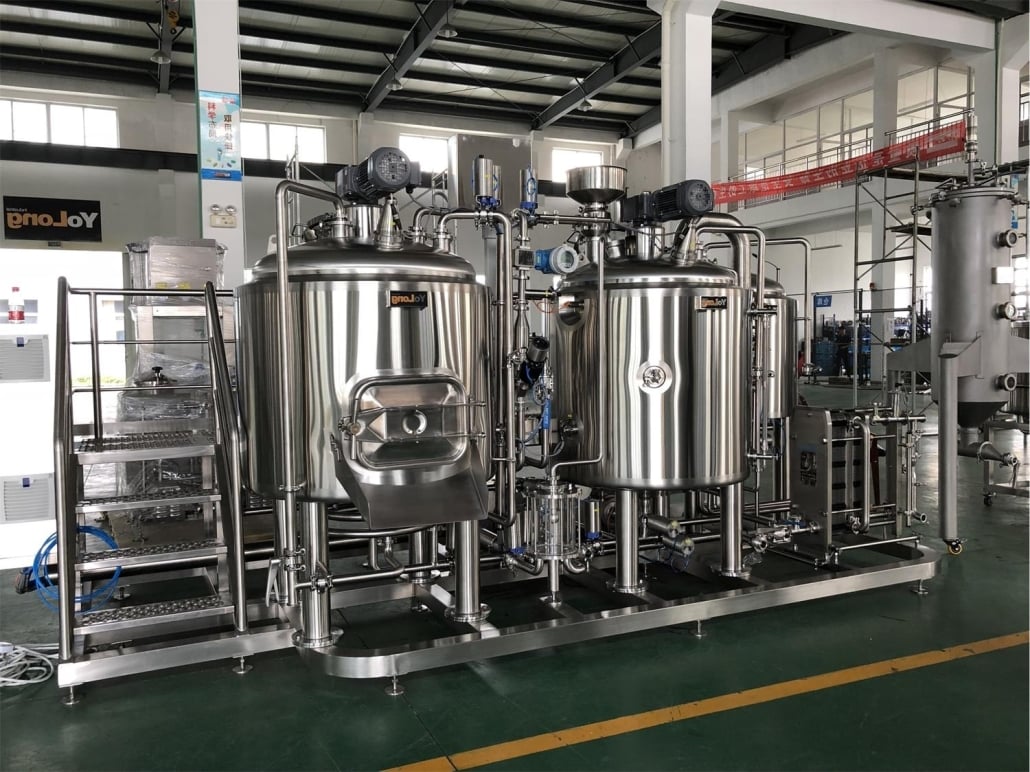
Purchase Brewery Equipment
The heart of your brewery is its equipment. From fermenters to kegs, investing in the right tools ensures efficiency and beer quality. Here’s what you’ll need:
- Brewhouse System: Includes a mash tun, lauter tun, and brew kettle.
- Fermentation Tanks: Where yeast transforms wort into beer.
- Kegs & Bottling Equipment: Depending on whether you keg or bottle your beer.
- Cooling & Refrigeration Systems: Essential for fermentation and storage.
- Cleaning & Sanitation Tools: Keeping everything sterile is crucial for quality control.
Develop Beer Recipes
| Recipe Component | Details |
|---|---|
| Base Malt | Provides the fermentable sugars (e.g., Pale Malt, Pilsner Malt) |
| Specialty Malts | Add flavors and colors (e.g., Caramel Malt, Chocolate Malt) |
| Hops | Balance sweetness with bitterness, aroma, and flavor |
| Yeast | Determines fermentation characteristics (Ale vs. Lager strains) |
| Water | The primary ingredient, affecting taste and quality |
Experimenting with different combinations and ingredients will help define your signature brews. Consider pilot batches and taste testing to refine recipes before scaling up.
Set Up the Brewery Facility
Once you have your location and equipment, it’s time to set up your brewing space. Here’s what to consider:
- Workflow Optimization: Arrange equipment logically to streamline brewing, fermentation, packaging, and storage.
- Drainage & Ventilation: Proper drainage prevents flooding, and good ventilation controls humidity and CO2 levels.
- Quality Control & Lab Testing: Investing in a small lab setup ensures consistency and product safety.
- Tasting Room Setup: If hosting customers, create an inviting space with seating, decor, and branding.
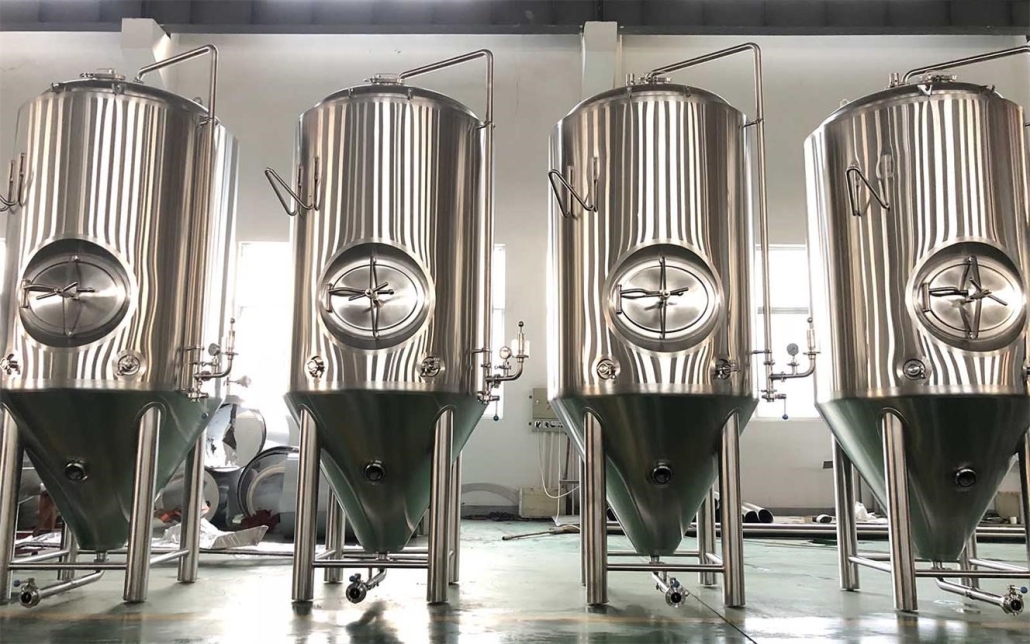
FAQ
| Question | Answer |
|---|---|
| How much does it cost to start a brewery? | Small breweries cost around $250,000 – $1 million, while larger setups can exceed $5 million. |
| How long does it take to open a brewery? | It can take 6 months to 2 years, depending on permits, equipment procurement, and facility setup. |
| What size brewery should I start with? | A 3-10 barrel system is common for small craft breweries, while production breweries often start with 30 barrels or more. |
| Do I need a brewing license? | Yes, you need both federal and state licenses to brew and sell beer legally. |
| What is the profit margin on beer? | Craft beer typically has a profit margin of 30-50%, with taproom sales being the most profitable. |

